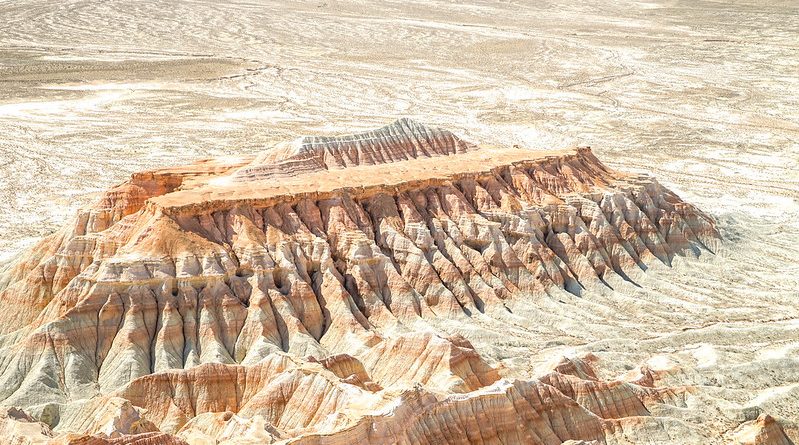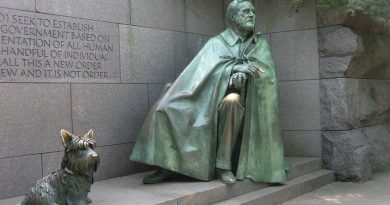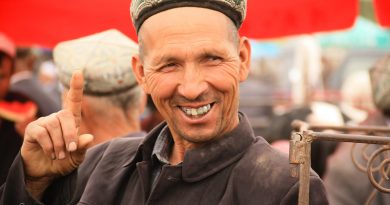Turkmenistan Destinations
Travel Warning:
Some parts of Central Asia can be unstable: check current government advice before travel. Ongoing military operations in the region mean Western tourists can be the target of terrorism.
About Turkmenistan
Turkmenistan boasts pristine natural surroundings with outstanding culture and arts which, combined with its hospitable and friendly people, makes it an unforgettable alternative destination. The most recent to attain its independence from the Soviet regime, the native Turkomen are steadily regaining their heritage and the country is beginning to open its doors to the wider world.
Still relatively untouched by tourism, the independent traveller can expect to journey into a colourful, vibrant country with a rich culture and welcoming people. Largely covered by the vastKara Kum (literally ‘Black Sands’) Desert, one of the world’s largest deserts, this natural defence historically proved successful in keeping conquering armies and zealous explorers at bay. The Amu-Darya is one of the very few water resources in this dry and arid region. Leopards, porcupines, gazelles, gophers and the sand crocodile manage to live in the oppressive desert, along with a variety of highly poison snakes.
The country borders the Caspian Sea, Iran, Kazakhstan, Afghanistan, and Uzbekistan. As with much of this region, political and social unrest is common. The second largest of the ex-Soviet republics, it is sparsely populated due to the expansive and vast desert. Widespread poverty and the reduction of cotton exports since independence means much of this gracious population live sparsely.
Turkmenistan history
Throughout history, this unlikely land was passed between empires as armies blundered through on their way to conquer richer lands. Alexander the Great established a city here between the Amu-Darya and the Caspian Sea, followed by the Romans, and the Seljuq Turks. Genghis Khan then ripped through the region on his way to Europe, tearing up the Seljuq Empire as he went.
The Russians secured the region for their Tsar in 1894 after the Goek-Tepe massacre which saw 15,000 uncontrollable Turkmen slaughtered. The Turkmen Soviet Socialist Republic was formed in 1924, but the attempts by the Russians to control the nomadic Turkmen were met with ferocious resistance. When the state tried to ban religion, settle tribes, and collectivise farming, the Turkmen waged a guerrilla war until 1936 when over a million of them fled into the desert and northern Afghanistan. A flock of Russians moved in their place and set about modernising the SSR. Industrialisation saw mass irrigation of the land to water the cotton plantations, a major export of the time. This environmental meddling led to much of the Amu Darya and Aral Seadrying up.
Saparmurad Niyazov’s Democratic Party is hardly a change from the previous communist ruling. With opposition parties banned and statues of Niyazov gracing every corner of the country, the new ‘democratic’ government has more than a passing resemblance to the old communism. He even renamed himself Turkmenbashi (‘Head of all Turkmen.’) Rampant corruption and fading popularity with the president led to an assassination attempt on Niyazov which he barely survived.
Turkmenistan locations
Ashgabat
The capital of Turkmenistan could be mistaken for the end of the world; rebuilt after the devastating 1948 earthquake, it holds none of the charm evoked by its literal name, ‘City of Love.’ The one highlight visitors should not miss, however, is the huge Sunday bazaar on the desert outskirts of the sprawling city. Tolkuchka Market sells everything from dishcloths to camels. Why not bargain for one of Turkmenistan’s traditional carpets, or if you’d rather just admire, the Carpet Museum holds the world’s largest hand woven rug.
Other sites the archaeologist in you may find interesting are the remains of the ancient cities ofNisa and Anau. These are located just outside Ashgabat, along with Firuza, a popular mountain escape around 20 miles southwest of the city. Firuza provides a pleasant reprieve from the heat of the barren deserts. Nestled in a gorge, it provides a chance for the traveller to experience the otherwise inaccessible Kopet Dag Mountains. Descend 200 feet underground to the lower slopes and you reach the ‘Father of Lakes’ – a hot-water mineral spring where you can take a dive. Unfortunately the unpleasant smell of rotten eggs as you surface may spoil this otherwise relaxing dip.
Konye-Urgench
A cluster of interesting sights makes this ancient, if fairly humdrum, city worth a visit. Old Urgench was, for a short period in the thirteenth century, the head of the ancient state ofKhorezm which encompassed the Amu-Darya Delta area in the north of the country. At this time, the city was at the heart of Islam but Genghis Khan and his Mongol army attacked after its ruler antagonized the brutal warrior. The city had just about recovered its former glory whenTimur the Great had a shot at it and flattened it a second time in the late fourteenth century.
After this second onslaught, the city never fully recovered, however, a handful of ancient buildings still make this a draw for the independent traveller. Start your tour around Najm-ed-din Kubra Mausoleum, the Torebeg Khanym Mausoleum, and the highest minaret in Central Asia, Kutlug Temir. To get here, it’s possible to take a train from Ashghabat to Dashkhovuz and a bus for the final 60 miles.
Merv
This archaeological paradise was once one of Central Asia’s greatest cities. For the modern day visitor, however, it somewhat lacks the allure of its Silk Road days. The remains of five separate walled cities lie amongst the barren landscape, dotted with grazing camels. One mausoleum worth visiting is Sultan Sanjar, impressive in its size and solidity. Reach Merv by car from Mary or train from Ashghabat.
Gaurdak
In the extreme east of the country, the mountainous area of Gaurdak is starkly beautiful. Interesting gorges, waterfalls, and caves mark this land between the Amu Darya and Uzbekistan. The Kugitang Reserve, a geological research centre, is the place to spot hundreds of dinosaur footprints, left in the sand from the Jurassic period 150 million years ago. Located in a plateau believed to have been a lagoon bed which dried out, leaving these fantastic prints.
Repetek Desert Reserve
This reserve is home to a wealth of wildlife including tarantulas, cobras, scorpions, and thousands of species of creepy-crawlies. With temperatures scorching at over 50C and 70C on the sand, this museum, herbarium and visitor centre allows you opportunity to learn more about these fascinating environments and the creatures that inhabit it. Tour operators in Charjou can arrange visits.
Turkmenbashi
For a slightly more relaxing break, this sleepy Mediterranean-style town is a good stopover for a couple days. It has a port and is surrounded by a crescent of mountains overlooking theCaspian Sea. The moon-like beach is mainly composed of desert and dust. Treks are possible into the surrounding mountains for great views over the town.
Kopet Dag Mountains
Trekking in Turkmenistan is best done in the Kopet Dag Mountains, but it’s limited around the sensitive border with Iran. It is advisable to hire a guide through a recommended agency to ensure your route is as safe as possible. You will need to bring your own equipment and it’s best to trek in the summer months between June and September. Bad weather is common and unpredictable so check with local forecasts before setting out. Agencies can arrange horse and camel treks.
Guide by Jenna Colbourne




